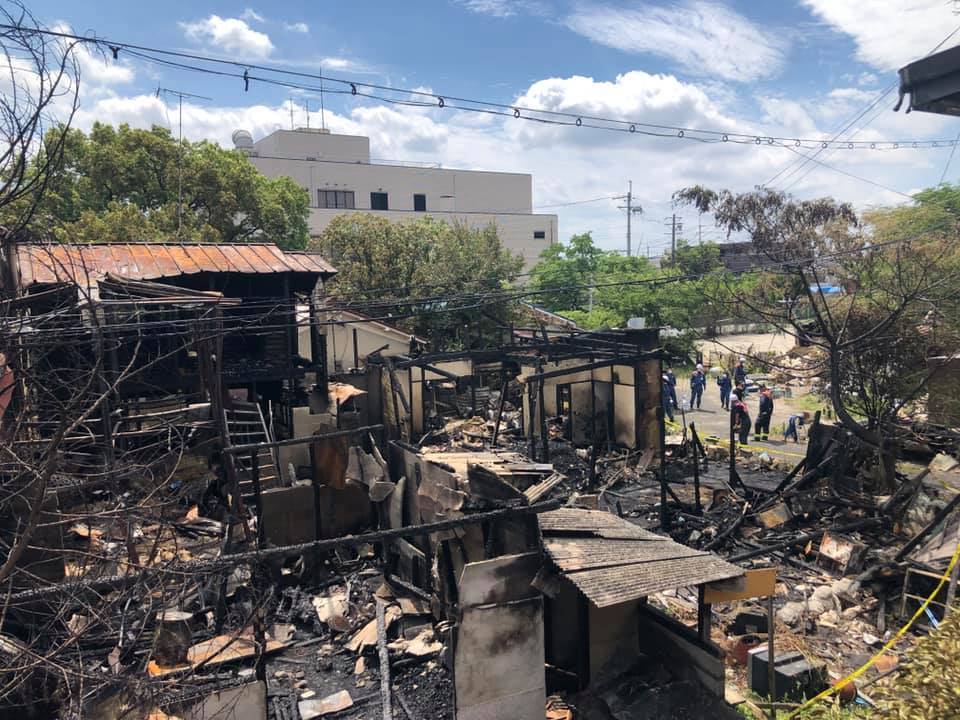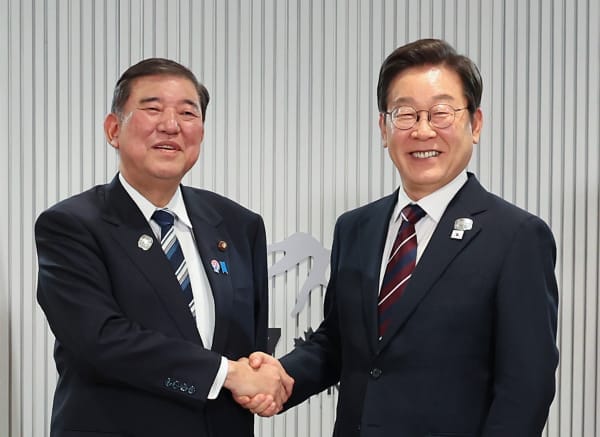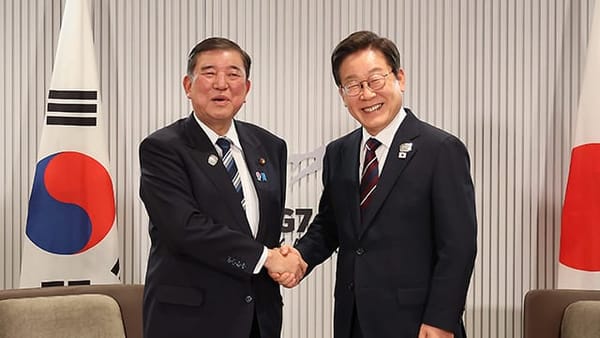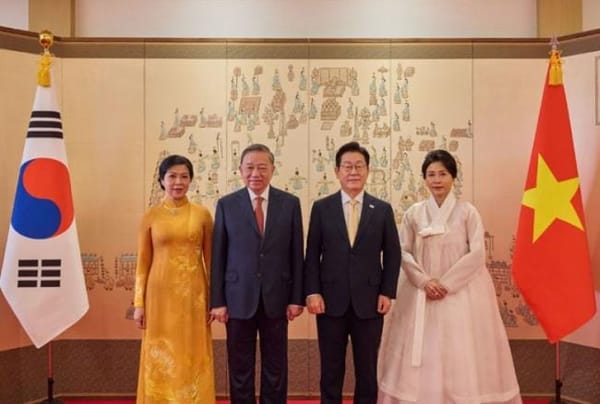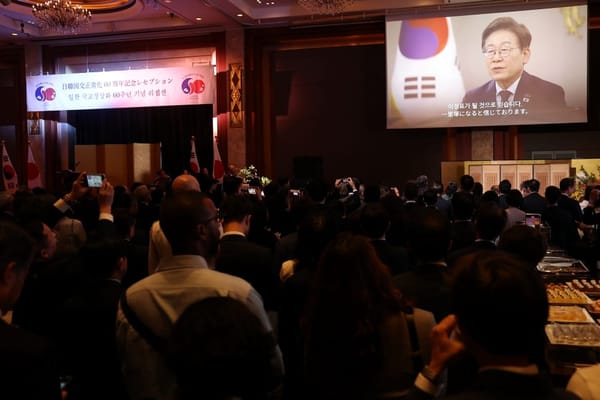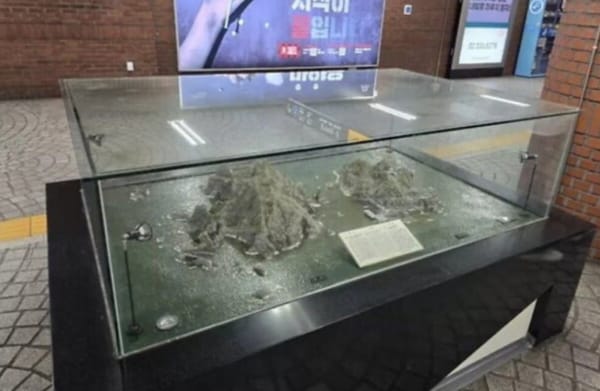Photo: Scene of arson at the Utoro Village, an ethnic Korean village in Japan. Credit: Public domain.
Much of the legacy of Imperial Japan’s brutal colonial rule over Korea remains unresolved. One salient part of that legacy is the more than 800k Korean-Japanese, living testaments to the paradox created by imperialism, World War II, the division of Korea and the Cold War. To this day, more than 24k zainichi Koreans are officially stateless, holding the nationality of a country that exists only in theory.
Between 1910 and 1945, more than 2m ethnic Koreans relocated to Japan. More than 1m were conscripted to be used as slave laborers at mines or munitions factories, or as sex slaves, euphemistically known as Comfort Women 위안부. Others relocated voluntarily - as voluntarily as colonial subjects could, at any rate - leaving the impoverished colony to seek opportunity in the heart of the empire. When Korea regained independence in 1945 at the end of World War II, more than 1.4m ethnic Koreans in Japan repatriated.
But for various reasons, many Koreans stayed in Japan, their lives and legal status complicated by Korea’s division and civil war. Even after World War II, the Japanese government refused to treat ethnic Koreans as its own citizens, instead provisionally registering them with the nationality of Joseon 조선, the name of Korea’s last dynasty. When Korea was divided in two, many ethnic Koreans in Japan refused to choose between either the Republic of Korea or the Democratic People’s Republic of Korea, rendering them officially stateless.
The division on the Korean peninsula had a parallel within the Korean community in Japan. By 1955, ethnic Koreans in Japan were largely divided into two camps: the General Association of Korean Residents in Japan 재일본조선인총연합회 and Korean Residents Union in Japan 재일본대한민국민단, aligned respectively with North and South Korea. The two organizations - better known by their abbreviations, the Jochongryon 조총련 and the Mindan 민단 - both played critical roles in post-war Korean politics for Pyongyang 평양 and Seoul 서울.
The wealthier Korean-Japanese were an important source of funding for aspiring politicos in the newly founded nations. As both Koreas became increasingly authoritarian, the nearby and (relatively) free Japan offered a safe haven for those fleeing oppression, such as the people forced to leave Jeju-do island 제주도 during Syngman Rhee 이승만’s campaign of massacres from 1947 to 1949. (See previous coverage, “The Jeju Massacre.”) This often made Japan the stage for high-profile Korean political intrigue, such as the 1973 attempted assassination of Kim Dae-jung 김대중 in Tokyo by the Park Chung-hee 박정희 dictatorship.
Some Korean-Japanese have found fortune and fame in Japan, such as Softbank magnate Masayoshi Son (also known by his Korean name Son Jeong-eui 손정의) and UFC fighter Akiyama Yoshihiro (whose Korean name is Chu Seong-hun 추성훈). Most, however, face significant discrimination. As stateless foreigners in the eyes of the Japanese government, the Korean-Japanese are excluded from the public education system and from welfare benefits - a significant issue as the first generation of Korean-Japanese advances in age. Korean-Japanese people are ineligible for any government jobs, and face subtle yet unmistakable discrimination in the hiring market.
The discrimination has become overt and violent at times, often because of a widely shared prejudice in Japanese society that Korean-Japanese people are North Korean sympathizers. In 2021, there was a high-profile case of arson in Utoro Village near Kyoto, which began in 1941 as a shantytown built by conscripted Korean laborers and gradually became a symbol of ethnic Koreans in Japan, complete with a museum commemorating the village’s history. On August 30, 2021, a 22-year-old arsonist set a fire that burned down seven buildings in the village. When questioned by the police, the arsonist simply repeated: “I hate Koreans.”


